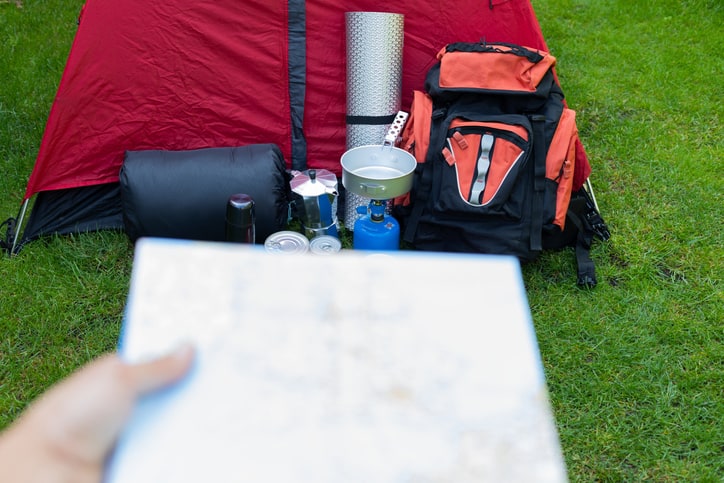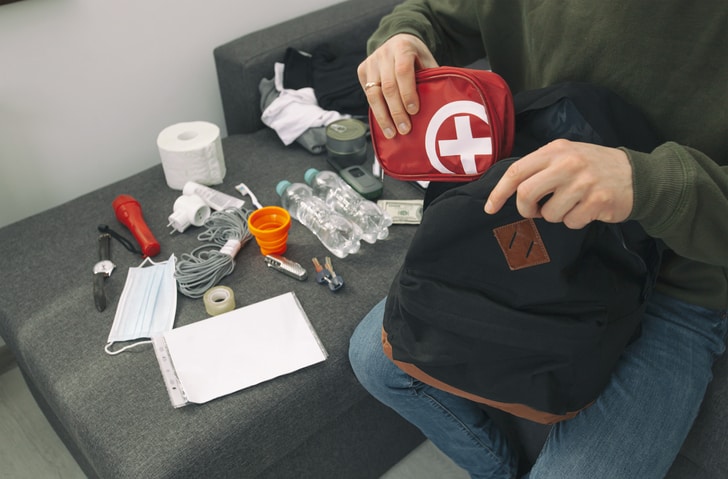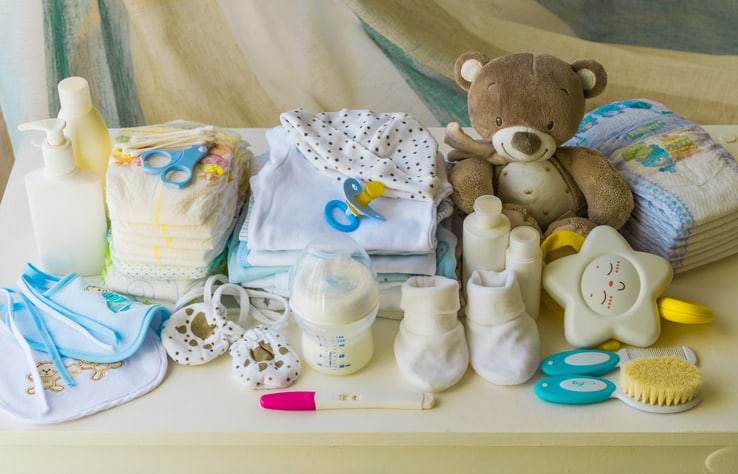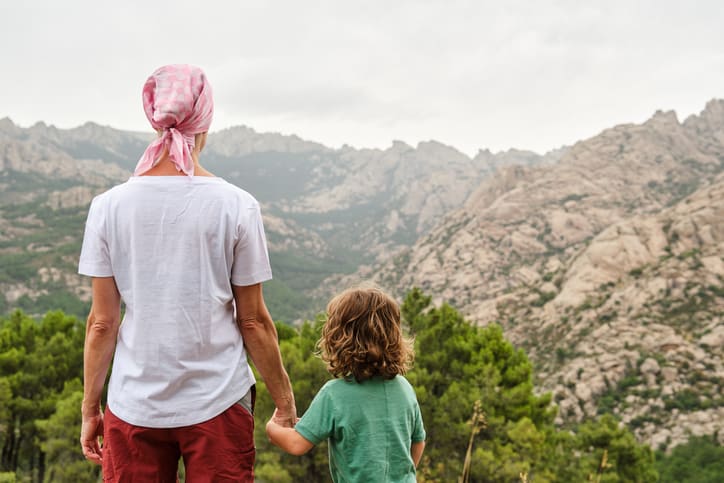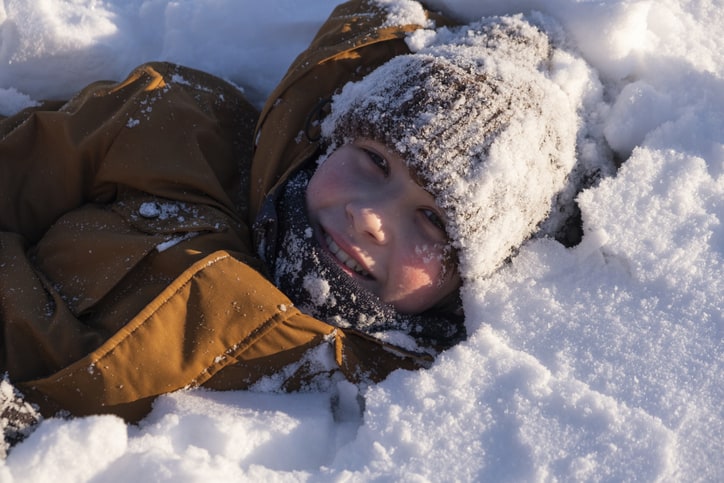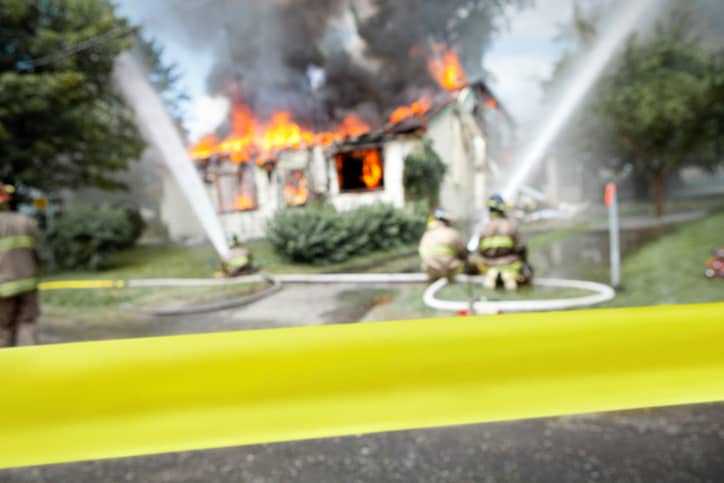Bugout Bags for Kids

Bugout Bags for Kids
Bugout Bags for Children: Keeping Kids Prepared and Calm in Emergency Situations – This article discusses the importance of bugout bags for children, including essential items, age-appropriate supplies, and strategies, tips for assembling the bags, and involving children in emergency preparedness and training.
Introduction: Significance of Bugout Bags for Children
Bugout bags, while a critical component of adult emergency preparedness, hold an even greater significance for children. These bags are not just collections of survival items; they are thoughtfully assembled kits that provide the necessities for physical survival and the comforts needed to maintain emotional well-being in times of crisis.
A bugout bag can be a lifeline for children whose understanding and coping mechanisms are still developing, offering familiar items in unfamiliar circumstances and a sense of normalcy amidst the chaos. This dual function—catering to the practical and psychological needs of young ones—makes the children’s bug-out bags an indispensable tool in safeguarding their physical health and mental and emotional resilience during emergencies.
Curating a bugout bag explicitly tailored to a child’s age, interests, and needs is a profound expression of care and foresight by parents. It communicates to the child that their safety and comfort are paramount, helping alleviate fear and anxiety. Parents can ensure their child feels seen and understood even amid upheaval by including items that a child finds comforting, such as a favorite book or a cherished toy, alongside essentials like water, food, and first aid supplies.
Depending on the child’s age, you might not want to bother putting items such as firestarters, signaling tools, knives, etc. in their pack, especially if they are very young. What you put in your children’s bug-out bag should be based on their age, their skill levels, and their ability to carry a backpack over long distances. Our typical gear list includes a lot of items mostly for adults and teenagers, so if your children are younger, keep their packs as light as possible.
Example items for children 7-13 (Rough estimate: Varies by maturity, experience, and training)
- Rain poncho
- Wool blanket
- Sleeping bag
- Water
- Water filter and/or single-wall stainless water bottle
- Emergency food rations
- Lighter, Ferro Rod w/scraper
- Lightweight tarp
- 50′ paracord
- First aid kit (incl. bug spray)
- Knife (if they are experienced)
- Silky Saw
- Signaling items if they are familiar with them
- Navigation gear is they understand how to use it
- Personal security items if they are well-trained
Children younger than this, especially if they do not have training, likely do not need to mirror the same types of BOB items as older children or adults, but they should still have what they need for shelter, water, and food. If you’re carrying a tent or large tarp, you can skip a tarp for a quick shelter as you’ll likely be in the same shelter together.
This personalized approach to emergency preparedness enhances the effectiveness of the bugout bag. It strengthens the emotional bond between parent and child, reinforcing a sense of security and love that is crucial during challenging times. Ideally, you’re training your children in basic survival techniques as early in life as possible, and getting them used to being able to take care of themselves when you’re not at home.
Essential Items for a Child’s Bugout Bag
In designing a bugout bag specifically for a child, it’s vital to balance practicality with comfort. Starting with the essentials, every child’s bugout bag should be equipped with water, a water filter, and a selection of non-perishable snacks that are both nutritious and familiar to the child to help maintain energy levels and provide a sense of normalcy.
Clothing items should be versatile and appropriate for the climate, including layers that can be adjusted as needed. A compact, child-friendly first aid kit is indispensable, containing the basics like band-aids, antiseptic wipes, and any prescription medications the child might require, clearly labeled and accompanied by usage instructions.
The inclusion of comfort items cannot be overstated to address children’s emotional and psychological needs during emergencies. A beloved toy, a cherished book, or even a small photo album with pictures of family and pets can be powerful tools for reassurance and stress relief during a bug-out situation.
For practical purposes, ensuring the bugout bag has spare batteries for flashlights and any necessary electronic devices is essential, as these items will be invaluable during power outages or nighttime evacuations. By thoughtfully curating the contents of a child’s bugout bag, parents can provide for their child’s physical well-being and foster a sense of safety and security amid uncertain situations.
Age-Appropriate Supplies and Strategies
Creating an effective bugout bag for a child requires consideration of their age and the unique needs of each growth stage. For the youngest in the family, infants and toddlers, the bugout bag should include the basics such as diapers, formula, and items to ensure their comfort and security in unfamiliar situations.
A soft, familiar blanket or a favorite stuffed animal can provide immense comfort to a young child during stressful times as a tangible reminder of safety and normalcy. Specialized items like pre-sterile bottles and a pacifier may also be necessary, underscoring the importance of tailoring the bag’s contents to the child’s specific stage of development.
As children grow, their needs and capabilities evolve, requiring an adjustment in the contents of their bugout bags. School-aged children, for instance, gain a greater sense of independence and awareness of their surroundings.
Including a modest amount of emergency cash in their bugout bag empowers them to make small purchases if necessary, fostering a sense of autonomy and responsibility, depending on the situation. This is also an opportune time to introduce practical items like a whistle or a flashlight, complemented by instructions on their use, to enhance their sense of preparedness and capability further.
For teenagers, the focus shifts towards personalization and identity. Encouraging them to select personal items, such as a journal for recording thoughts and experiences or a cherished keepsake that brings comfort, can help maintain a sense of self and continuity during times of crisis.
This inclusion caters to their emotional needs and engages them in preparation, making the bugout bag a more personal and valued resource in emergencies. Hopefully, you have trained your children in self-defense and firearms safety, especially if they’re old enough to handle firearms. Security is a very important aspect of survival. Also, remember your core needs in any survival situation and a P.A.C.E. plan.
Keeping Kids Calm and Empowered
Empowering children with knowledge and skills is paramount in maintaining calm during emergencies. By engaging them in learning basic survival skills, such as using a compass or signaling for help with an emergency whistle, children gain a valuable sense of autonomy and confidence in their ability to contribute positively in a crisis. They should also know how to build a primitive shelter, start a fire, and boil water.
Teaching them to stay put and use a whistle to signal for help can be a simple yet effective survival skill that reassures them of their safety. Furthermore, the establishment of a family emergency plan, including a well-known meeting point, provides a structured response strategy that can significantly reduce feelings of anxiety and confusion for children when faced with an unexpected situation. This video explains what Bugging out actually means to provide a little bit of context.
Moreover, fostering an environment of open communication is essential in addressing and alleviating any fears or concerns children may have regarding emergencies. Discussing the reasons behind having a bugout bag and the importance of being prepared helps children understand the proactive measures taken for their safety. This could be after a natural disaster, a major SHTF event, or simply while camping or hiking in a remote area.
This discussion also serves as an opportunity to reinforce the idea that their feelings and concerns are valid and important, further contributing to their sense of security and empowerment in potentially overwhelming situations. Encouraging children to express their thoughts and feelings about emergencies and their preparedness can lead to a more nuanced understanding of their perspectives, ultimately making them feel more involved and prepared.
Practical Tips for Assembling Kids’ Bugout Bags
Assembling a bugout bag for children necessitates thoughtful consideration of their unique needs and the specific challenges they may face during emergencies. One of the first steps is to account for the climate and geographic location, selecting attire and gear to keep them comfortable and protected.
For example, choosing lightweight and breathable fabrics prevents overheating in a hot and humid environment. Conversely, in colder climates, including insulated and waterproof layers will help maintain warmth and dryness. This tailored approach provides physical comfort and contributes to a child’s overall sense of security.
Moreover, maintaining the freshness and safety of the food and water supply in a child’s bugout bag is crucial. Regular checks every six months are recommended to rotate supplies and replace items nearing expiration dates. This ensures that children can access safe and nutritious sustenance in an emergency.
Additionally, incorporating a small notebook and pencil can serve a dual purpose. It allows children to record crucial contact information and emergency plans and allows them to express their thoughts and emotions during stressful situations. This simple inclusion can play a significant role in helping children manage anxiety and maintain a sense of normalcy.
Involving Children in Emergency Preparedness
Involving children in emergency preparedness not only equips them with crucial survival skills but also plays a significant role in mitigating their anxiety during actual emergencies. By engaging in discussions about potential emergencies and organizing practice drills, children become familiar with the actions they need to take, which can significantly reduce their fear and uncertainty.
For example, a simple fire drill at home can teach children how to exit the building safely, where to meet family members outside, and the importance of not hiding during a fire. This hands-on approach to learning through simulations helps embed these critical responses in their memory, ensuring they are better prepared and more confident in handling emergencies.
Furthermore, empowering children by involving them in decision-making during these drills fosters a sense of independence and problem-solving ability. Allowing them to make choices, such as selecting items for their bugout bags or deciding on the family meeting point, gives them a sense of control over their situation.
While we recommend many different types of gear, remember that your children’s bugout bags, especially if they’re very young, should not be loaded to the gills with advanced gear that they have not had any training with and, more importantly, weigh them down.
Encouraging them to take ownership of their bugout bags by keeping them in a designated, easily accessible location and ensuring they are familiar with their contents instills a sense of responsibility and readiness. This sense of ownership and understanding of their role in an emergency prepares them for the practical aspects of dealing with a crisis. It builds their emotional resilience, enabling them to remain calm and focused when it matters most.
Conclusion: Ensuring Children’s Safety and Preparedness
Equipping children with bugout bags is more than just a precautionary measure; it’s a vital component of a family’s emergency preparedness strategy. Tailoring these bags to each child’s specific needs, age, and interests ensures they have the necessary supplies and items that offer emotional comfort and reassurance during stressful times.
For instance, including a favorite stuffed animal or a book can significantly affect how a child copes with the uncertainty of an emergency. This personalized approach addresses children’s physical needs and emotional well-being, making them feel seen and cared for even during chaos.
Furthermore, the process of preparing bugout bags with children serves as an invaluable teaching moment. It allows parents to engage in open dialogues about safety, preparedness, and the importance of readiness for unforeseen events. Parents instill a sense of responsibility and autonomy in their children by involving them in selecting items, discussing the purpose behind each choice, and revising the contents together. This collaborative effort enhances the bugout bag’s effectiveness and strengthens the child’s confidence and ability to face emergencies calmly and preparedly.
Ultimately, assembling and maintaining bugout bags for children underscores a family’s commitment to each other’s safety and preparedness, ensuring that all members, regardless of age, are equipped to navigate emergencies with assurance and resilience. If you can take your children to wilderness survival training, we highly recommend it. You should also consider taking your children to basic first aid training classes, such as Stop the Bleed, which has a minimal cost and can even be free in many areas.

